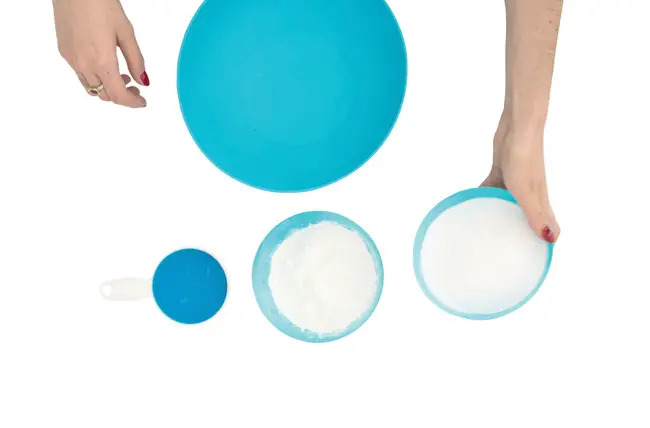Want to lessen the amount of sodium in your family’s diet? Check out our list of tips, courtesy of Greenwich Hospital.
What is a low sodium diet?
When your doctor orders a low sodium diet for you, it means that you must limit the amount of sodium or salt in the foods you eat to 2 grams (or 2000 milligrams) per day. The sodium content in foods is listed on the food labels of packaged foods. In general, a low sodium diet includes fresh foods, which are naturally low in sodium. These include fresh fruits and vegetables, fresh meat, fish and poultry, potatoes, rice and pasta. Be careful not to add salt while cooking or at the table.
What foods do I need to avoid on a low sodium diet?
Foods you need to avoid to minimize the sodium in your diet are listed below.
Table Salt
- Eliminate from cooking and the salt shaker
Condiments
- Pickles, relish, mustard and olives
Canned foods
- Soups, meats and vegetables
Prepared packaged foods
- Macaroni and cheese, rice or noodle mixes (i.e. Rice-A-Roni)
Deli meats
- Bologna, ham, salami, liverwurst, and cheeses
Snack foods
- Potato chips, and salted pretzels, nuts, nuts, tortilla chips and crackers
What are some alternatives to high-sodium foods?
Read package labels carefully. Products labeled “low sodium” may be lower in sodium than similar products, but still contain a large amount of sodium. Below is a list of foods to choose from to reduce your sodium intake. For labeled items, check the Percent Daily Value for sodium. Try to select foods that provide 5 percent sodium or less per serving.
Avoid: Smoked, cured, salted, and canned meat, fish and poultry, Regular hard and processed cheese, regular peanut butter, crackers with salted tops, regular canned and dehydrated
soups, broths and bouillons, salted snack foods
Choose to eat:
- Unsalted fresh or frozen beef, lamb, pork, fish, and poultry
- Low-sodium cheese, low-sodium peanut butter
- Unsalted crackers
- Low-sodium canned soups
- Fresh and frozen vegetables and low-sodium canned vegetables
- Unsalted tortilla chips, pretzels, potato chips, and popcorn
How can I get more information?
It is often difficult to plan a meal by yourself, especially if your diet has recently been changed. If you have questions about your diet, please call to contact a Greenwich Hospital Registered Dietitian or one of the following resources: Greenwich Hospital Food and Nutrition Services: 203-863-5211, American Dietetic Association 800-877-1600.
Greenwich Hospital is a 174-bed community hospital, serving lower Fairfield County Connecticut and Westchester County New York. It is a major academic affiliate of Yale University School of Medicine and a member of the Yale New Haven Health System.
Related Articles:
12 Tips to Encourage Healthy Eating
Doctors and Medical Providers in the New York Metro Area
‘Power’ Drinks and Supplements: Are They Harmful to Kids?
Fun and Easy Ways to Get Your Kids to Eat Breakfast
How to Use Your Freezer: Tips From ‘America’s Dinner Mom’
Healthy After-School Snacks: Tips From ‘America’s Dinner Mom’





















